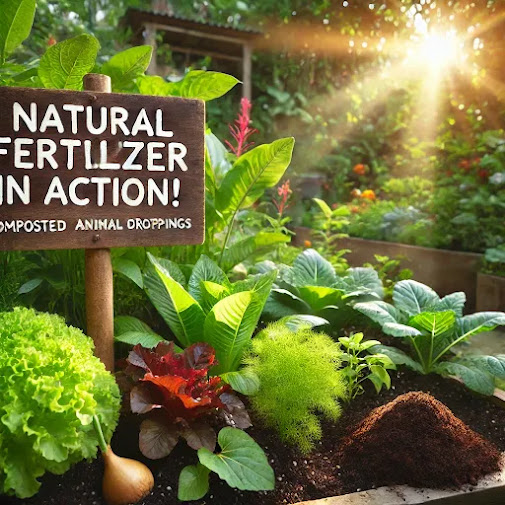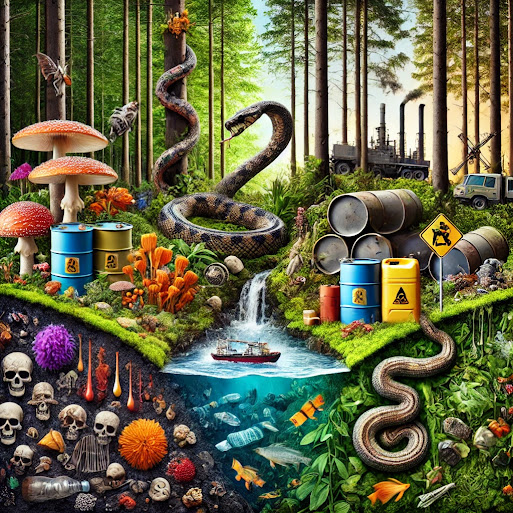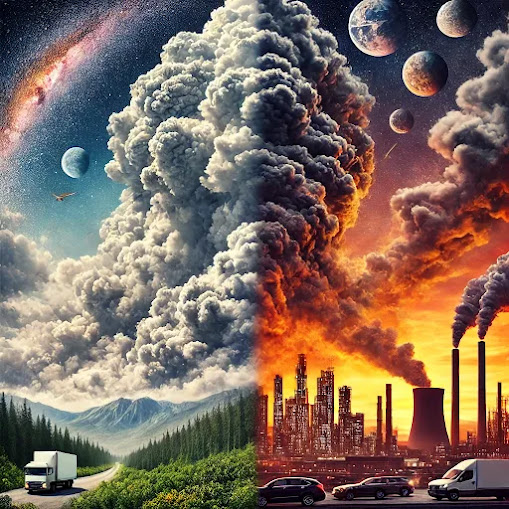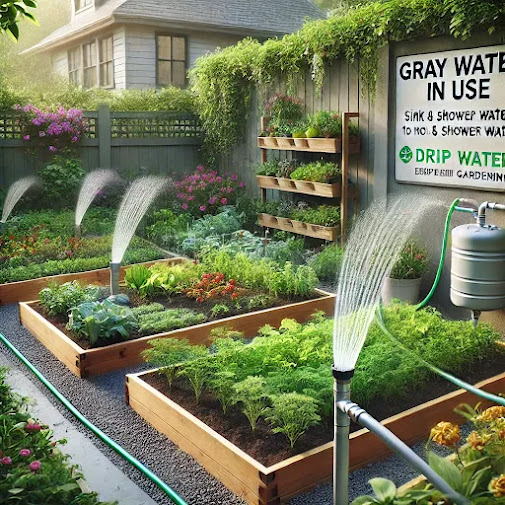Why Solar Farms in the Southwest Struggle Despite Ideal Conditions

Why Solar Farms in the Southwest Struggle Despite Ideal Conditions The desert Southwest seems like the perfect place for large-scale solar farms—endless sunshine, vast open land, and growing demand for clean energy. However, despite its potential, large-scale solar development in the region faces significant roadblocks . A large solar farm in the Southwest desert generating clean energy 1. Land Use and Environmental Concerns While deserts seem empty, they host fragile ecosystems with unique plants and animals adapted to harsh conditions. Large solar farms disrupt natural habitats, leading to: Wildlife displacement – Species like the desert tortoise, kit fox, and burrowing owls depend on undisturbed land. Soil degradation – Clearing land for solar farms removes vegetation, increasing erosion and dust pollution. Bureaucratic delays – Much of the Southwest is federally owned, requiring environmental impact studies and lengthy permitting processes, which slow development....












